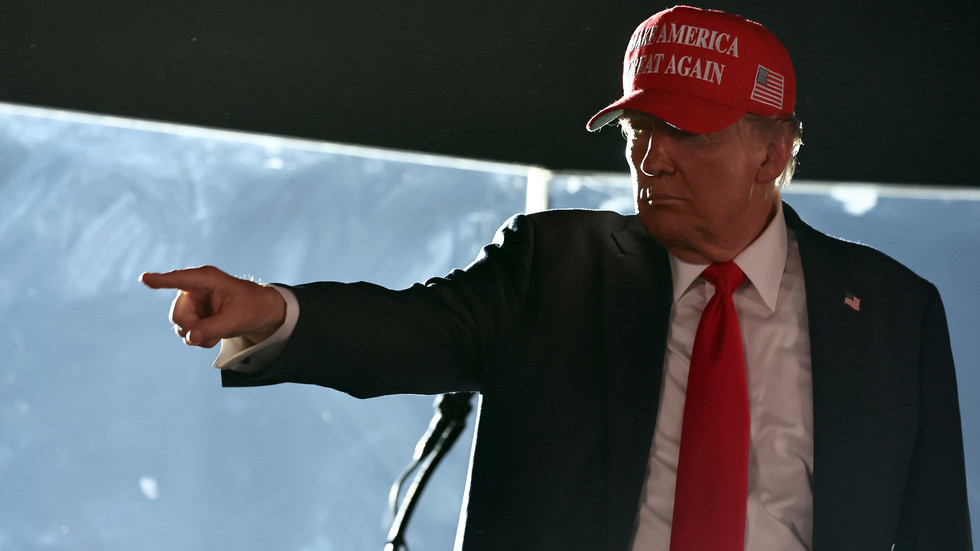At a recent campaign rally in California, Donald Trump, the Republican presidential candidate, asserted that the United States is perilously close to entering World War III. He attributed this precarious situation to the policies implemented by President Joe Biden’s administration. During his speech, Trump expressed concern over the country’s direction, emphasizing that a significant majority of Americans believe the nation is on the wrong path. He voiced alarm about the imminent danger that the next three months may pose, warning that current leaders could lead the U.S. into global conflict. He framed his potential presidency as a solution to what he described as “atrocious failures” attributed to Vice President Kamala Harris, particularly in California, and promised decisive action to “save America.”
Throughout his time in office, Trump claimed to have maintained a record of peace, stating, “we had no wars.” As a cornerstone of his campaign, he pledged to keep America out of conflicts, with specific aims to mitigate the ongoing war in Ukraine and reduce tensions in the Middle East. His assertion that he could end the war in Ukraine within 24 hours of being elected has drawn skepticism, considering the complexity of the situation. Though the details of his strategy remain vague, Trump’s proposal involves initiating discussions with Russia, Ukraine, and European stakeholders to create a demilitarized zone and assure Ukraine’s neutrality regarding NATO.
While Trump insists on his commitment to peace, his approach has faced criticism, particularly from Harris, who accused him of potentially coercing Ukraine into surrender. The complexities of the conflict and the geopolitical stakes involved make it difficult to dismiss critiquing Trump’s strategies, especially as governmental actors within Russia remain doubtful of any swift resolution. Dmitry Peskov, the Kremlin spokesperson, dismissed the notion of instantaneous peace, questioning the plausibility of such rapid changes amid ongoing hostilities. This skepticism resonates with the broader public, where Trump’s assurances may appear overly optimistic.
Russian President Vladimir Putin has laid out preconditions for peace talks, which involve significant demands on Ukraine, such as troop withdrawals from contested regions. These elements highlight the challenges facing any initiative to broker peace in Ukraine, particularly one that may lack consensus among involved parties. Trump’s optimistic rhetoric does not account for the depth of the conflict’s entrenchment, as both sides have sustained military stances and strategic interests that complicate diplomatic resolutions. His ambition to conclude hostilities presents a bold promise, yet the reality suggests negotiations would be multifaceted and fraught with resistance.
In engaging with this complex diplomatic landscape, Trump encapsulates a broader narrative that suggests America’s current foreign policy is failing. His assertion that he could bring about substantive change underlines a desire among some voters for a return to pre-Biden approaches that prioritize isolationism and direct negotiations over military intervention. Moreover, Trump’s rhetoric taps into the anxiety felt by many Americans regarding national security and international stability, allowing him to position himself as a peace broker amidst prevailing fears of war.
Ultimately, Trump’s campaign emphasizes urgency and a return to America’s earlier foreign policy stance, asserting that swift actions will safeguard national interests. His strong criticism of the current administration resonates with voters seeking change, particularly in critical areas like foreign policy that they believe have been mishandled. Whether Trump can deliver on his promises or reconcile the realities of international relations remains uncertain. His vision involves an intricate interplay of diplomatic outreach and defined policy strategies that require extensive consensus among all parties involved to ensure lasting peace and stability.

